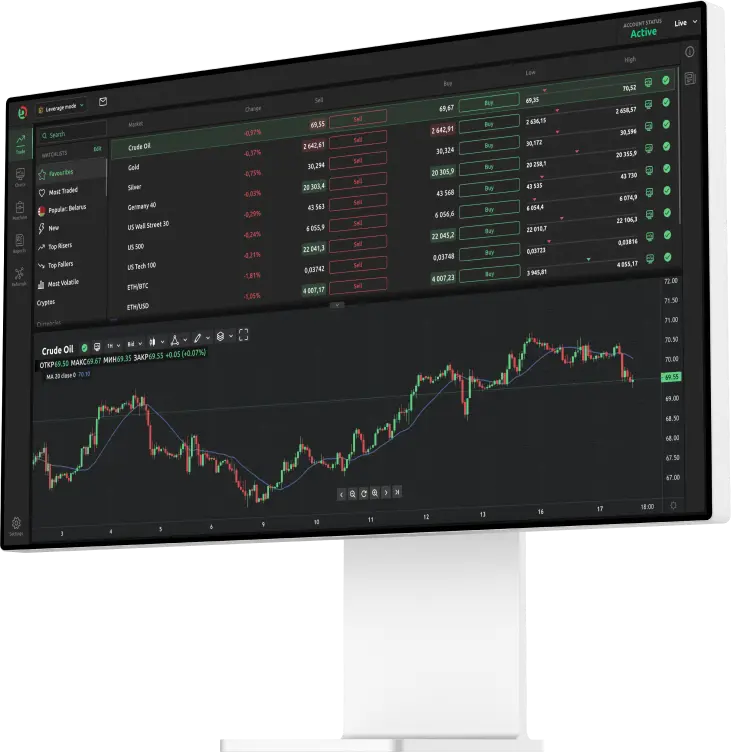A trader borrows stock, sells it, and buys it back at a lower price

Short position explained
A short position is when a trader borrows stock from a broker, sells it on the open market, and buys it back at a lower price. This investment strategy is often used when a trader believes that a share’s price is going to fall in the near future.
Short positions in practice
Shares in a food production company are currently trading at $17 a share. Bob thinks that prices are going to fall in the coming weeks. He borrows 300 shares from his broker, and immediately sells them on the open market. After the food production company releases disappointing financial results because of a pumpkin shortage, shares fall to $15 each. Now, Bob buys back 300 shares at this price and returns them to his broker. He has made a profit of $2 a share, earning him a total of $600.
Although adopting a short position can be lucrative, this strategy can be risky. Let’s imagine that the company’s pumpkin crops had boomed, resulting in record profits and the share price soaring to $25. In this scenario, Bob would have missed out on a profit of $8 a share – and to add insult to injury, he still needs to pay back his broker.
The danger of a short squeeze
Sudden rises in a share’s price can catch short sellers by surprise, and create a costly phenomenon known as a short squeeze.
If Bob decided to try and limit his losses by buying back the shares, and dozens of other traders did the same thing, this could cause prices to rise even further.
The opposite of a short position is a long position, where investors purchase an asset in anticipation that prices will rise in the future.

